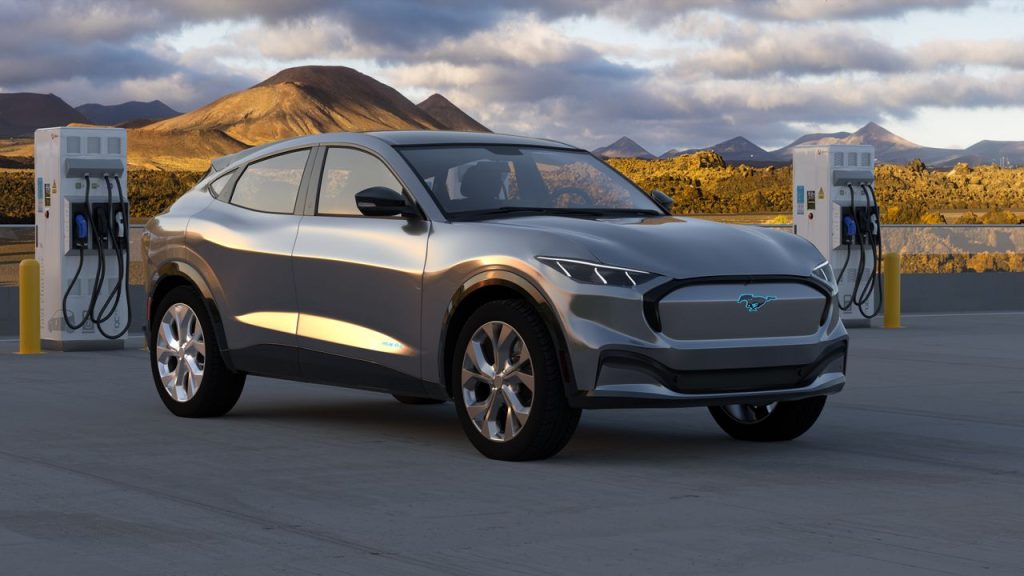Electric Motors and Their Benefits: Understanding Torque, Motor Technologies, and Magnet Motors
Electric motors are an essential component of modern technology, powering everything from electric cars to industrial machinery. They have become increasingly popular in recent years due to their numerous benefits, including high efficiency, low maintenance, and reduced environmental impact. In this article, we will explore the basics of electric motors, including torque, motor technologies, and magnet motors, and discuss their benefits in detail.
Torque: The Key to Electric Motor Performance
Torque is the force that causes an object to rotate around an axis or pivot point. In the context of electric motors, torque is the force that drives the rotation of the motor shaft. The amount of torque produced by an electric motor depends on several factors, including the strength of the magnetic field, the number of turns in the coil, and the amount of current flowing through the coil.
One of the primary benefits of electric motors is their ability to deliver high torque at low speeds. This makes them ideal for applications that require high starting torque, such as electric vehicles, elevators, and industrial machinery. Electric motors can also be designed to deliver constant torque over a wide range of speeds, making them suitable for applications such as fans, pumps, and compressors.
Motor Technologies: AC, DC, and Beyond
Electric motors come in many different types, each with its own unique characteristics and applications. The most common types of electric motors are AC (alternating current) and DC (direct current) motors.
AC motors are widely used in industrial and commercial applications due to their high efficiency and reliability. They are typically more expensive than DC motors but offer superior performance in high-power applications.
DC motors, on the other hand, are more commonly used in low-power applications such as toys, appliances, and small machinery. They are less expensive than AC motors and offer excellent control over speed and torque.
In recent years, new motor technologies have emerged that offer even greater efficiency and performance. One such technology is the brushless DC motor, which uses electronic commutation instead of brushes to control the motor’s speed and direction. Another technology is the switched reluctance motor, which uses a simplified design to deliver high torque at low speeds.
Magnet Motors: The Future of Electric Motor Technology
Magnet motors are a type of electric motor that uses permanent magnets instead of electromagnets to produce the magnetic field. This eliminates the need for a separate power source to create the magnetic field, resulting in a more efficient and reliable motor.
Magnet motors have several advantages over traditional electric motors, including higher efficiency, lower maintenance, and reduced noise and vibration. They are also more compact and lightweight, making them ideal for applications where space and weight are a concern.
One of the most promising applications of magnet motors is in electric vehicles. By using magnet motors instead of traditional electric motors, electric vehicles can achieve greater range and performance while reducing their environmental impact.
Conclusion
Electric motors are a critical component of modern technology, powering everything from household appliances to industrial machinery. By understanding the basics of electric motors, including torque, motor technologies, and magnet motors, we can appreciate their numerous benefits and potential applications.
Whether you are looking to improve the performance of your electric vehicle or reduce the energy consumption of your industrial machinery, electric motors offer a reliable and efficient solution. With new motor technologies emerging all the time, the future of electric motors looks brighter than ever.


